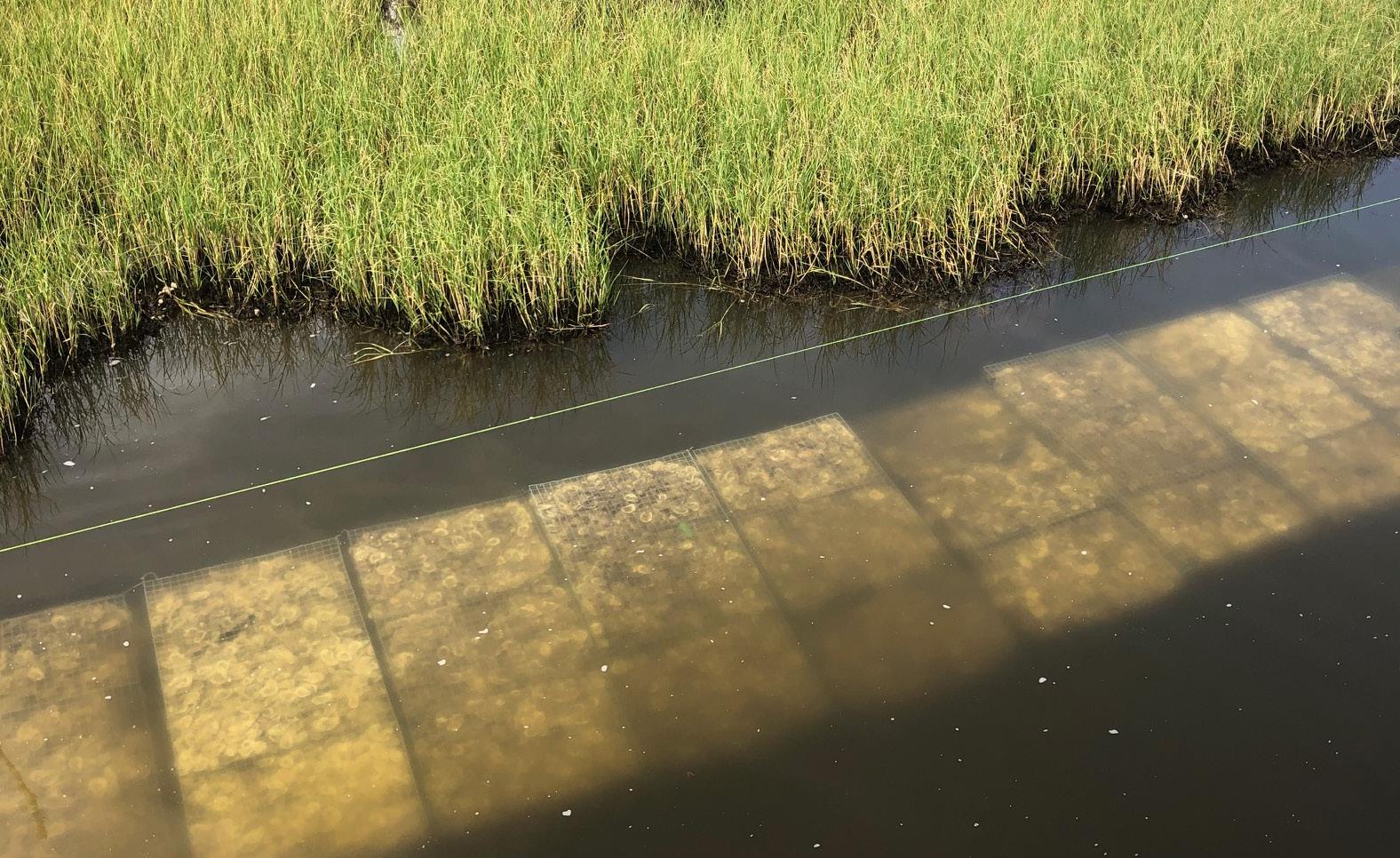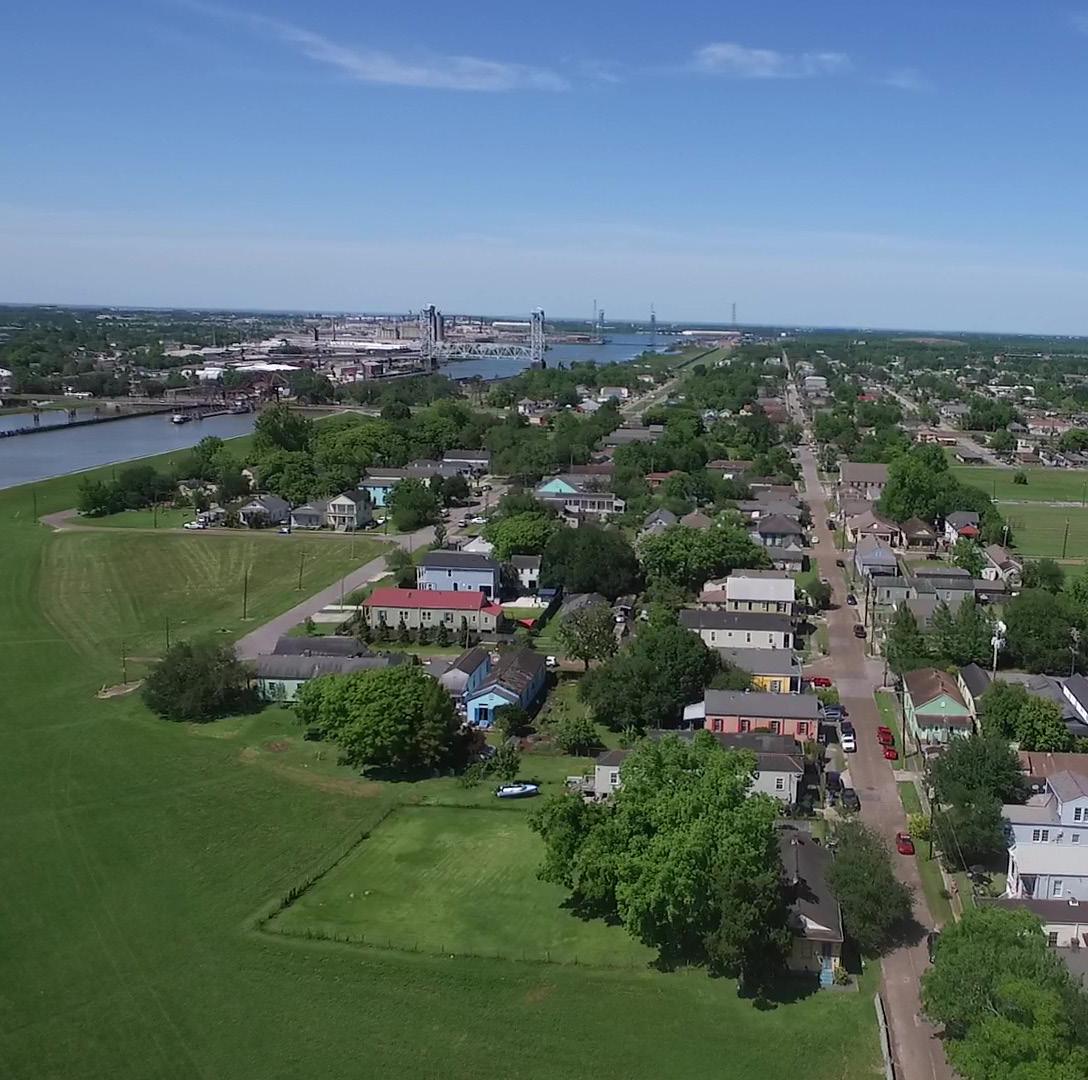SEPTEMBER 2020
ISSUE 2
Just over 15 years ago, the course of history in south Louisiana was forever altered. On Aug. 29, 2005, a massive storm swept ashore near Buras on a course toward New Orleans, where it triggered the failure of flood control systems, a slow-footed government response and months if not years of misery for those who survived. Katrina was followed several weeks later by Hurricane Rita, which cut a similar path of destruction through Lafayette and other communities in southwest Louisiana. Hundreds of people lost their lives in those storms, and visible scars on the landscape and on our culture remain a decade and a half later. This time of year is always somber as we remember the people who died in those tragedies – or as we remember our own experiences of having our lives upended. The recovery of southeast Louisiana since Katrina and Rita has not been perfect, but flood protection infrastructure has been strengthened. The storms laid bare the importance of barrier islands and coastal wetlands as elements of hurricane defenses, and their protection and restoration are now priorities of the state and its leaders. Scapegoats and villains were named, yes, but heroes also were born. And we witnessed the power of people rising together to help each other in times of need. The anniversaries were to have been focal points of the Coalition to Restore Coastal Louisiana this year. They were among the major themes of the State of the Coast conference we had planned for this May. We expected to honor heroes of those disasters at our Stewardship Awards Banquet in March. We hoped to host volunteer coastal restoration events to coincide with the storm anniversaries from one side of our coast to the other. The coronavirus pandemic threw a wrench in all of that. And then came Hurricane Laura. Last month, just days before the Katrina anniversary, normally staid weather forecasters made apocalyptic storm surge forecasts as Laura continued to strengthen before landfall, and in what may have seemed like an unusual scenario, people in the storm’s path evacuated to New Orleans, which for the most part was out of harm’s way. The hurricane made landfall near Lake Charles as a large and mighty Category 4 -- the strongest storm to hit Louisiana since 1856. A late shift in the path kept storm surge from being as bad as feared, and some elected officials described the southwest corner of Louisiana as having dodged a bullet. It’s true Hurricane Laura could have been worse; the death toll in Louisiana was 26 at the time of this writing. But that’s likely little solace to the people whose homes were damaged or destroyed. Many of us have been in that position before, and those of us who escaped damage this time understand the grief storm victims are facing -- and the difficulty they will continue to face in the weeks and months to come. We also know that it could have been us. The people of Lake Charles and others affected by this hurricane desperately need our help. With our friends at the Restore the Mississippi River Delta campaign, we have compiled a list of charitable and volunteer groups that are assisting people affected by the hurricane. Please consider helping today.






